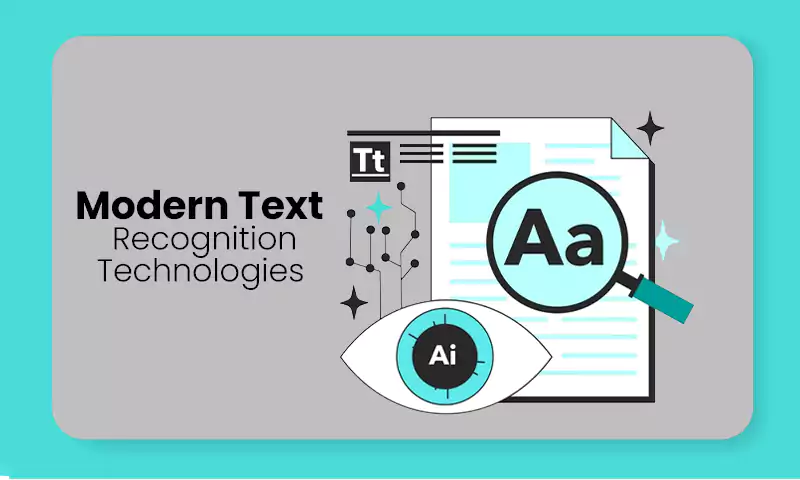Top 7 eLearning Visual Design Errors to Avoid
It’s simple to focus exclusively on the instructional design elements of an eLearning course when developing one. Additionally, while curriculum development is a crucial element in making an eLearning course content effective, other factors can either enhance or distract people from the course’s material. A component of this is graphical or visual design. When developing a course, it’s simple to make some basic visual design errors if you’re unfamiliar with eLearning. These visual design errors don’t have to be difficult to correct, though; all it takes is a little attention to detail and some straightforward advice.
This article deals with the top 7 eLearning visual design errors to avoid while creating your upcoming eLearning course.
Ignoring the Options for Your LMS and Authoring Tools Beforehand.
The proper LMS and authoring tools must be chosen. This is partly because future-forward, eLearning software will serve as the basis for all online courses, modules, and deliverables you produce. Authoring tools like Adobe Captivate ensure that the eLearning software has all the necessary tools like templates and themes, content management, collaboration tools, etc. Thus it is important to Make sure the eLearning software you select has the features and capabilities you require as well as the usability and adaptability you require. Before choosing a learning management system for your eLearning deliverables, it is wise to request demos and do extensive research. You simply won’t be able to create the eLearning courses and modules that meet the corresponding learning objectives without a strong LMS and the appropriate authoring tools.
Also Read:- 8 Myths About Authoring Tools You Need to Stop Believing
Developing Lengthy, Overloaded Programs.
The three terms to bear in mind when creating and producing any eLearning course are simple, precise, and efficient. Learning will be made more difficult by cumbersome modules that lack focus and direction. The one thing that matters most in eLearning deliverables is the subject matter, thus those that are crowded with a lot of graphics or decorative components will distract learners’ focus. If at all possible, break material down into bullet points or numbered lists and steer clear of wordy websites with massive chunks of text, such as prolonged sentences. Even though they are uncomplicated, these graphical design techniques can benefit your audience significantly.
Incorporating Meaningless Material for the Purpose of Aesthetics
You should ensure that each and every piece of material you offer in your eLearning output is pertinent and useful. A lot of images, illustrations, and design parameters included for no other reason than aesthetic appeal will detract from the usefulness of the eLearning product. That doesn’t mean you shouldn’t think about the overall design, though. Aesthetic presentation is crucial, after all. But you should always make an effort to provide visually attractive content that is also relevant to the aim or objective.
Undervaluing the Importance of Exquisitely Curated Material.
Without carefully produced content, even visually appealing eLearning courses with a variety of multimedia components won’t be any good. Your deliverable’s material must all be comprehensible, accessible, and clear. Consider hiring a specialist to assist you in creating the material for your eLearning deliverable if you lack expertise in the area.
Placing More Emphasis on Graphics Than on Course Management
This is one of the most widespread methods used in the development and design of eLearning, and it can easily result in the failure of any eLearning module or course. While a deliverable’s graphic design should always come first, operational ease should never be compromised. There are no exceptions; your learners must be able to move through the eLearning course and modules without feeling lost or confused. A major error to avoid when developing eLearning courses is hiding navigating buttons for the sake of appearances or focusing so much on the design that you forget to check all of your hyperlinks.
Failing to Make Use of Audio-visual Aids or Innovative Technologies.
Being able to use so many different tools and technology now is one of the most fantastic aspects of being an eLearning practitioner. It’s important to educate yourself on the many instruments out there and how they may help your engineering and design plan. To build eLearning courses that will seamlessly include new devices and technologies in the near future, keep an eye on where innovation is heading. Leverage multimedia components that will help your learners right now, including webinars and movies, to their benefit.
Using Just One Method of Learning.
Each learner is unique. As a result, when designing your presentation, you should make use of a variety of learning methods and techniques. Include both visual and auditory instructional resources, for instance. Instead of choosing just one interactive design, concept, or philosophy for each eLearning course you create, incorporate a variety of them to offer each learner in your audience effective and meaningful learning opportunities.
Conclusion:
The range of eLearning is expanding globally on a daily basis due to the development of new technologies. Companies that provide eLearning courses can benefit greatly from this development as long as they avoid making trivial blunders in their visual communication. The common errors that are frequently made in the visual design of eLearning courses are covered in this article. These errors frequently stand out dramatically and have an impact on how the course is presented as a whole. Therefore, it is suggested to identify them and make the necessary corrections by following a few important procedures. These suggestions can assist you in improving your designs as a developer and attracting more enthusiastic learners to the curriculum.
If you are a company that considers developing an eLearning course to train your human resources and you would be interested to know what are the most common mistakes in the development of an eLearning course, I recommend you to read the 10 Common Mistakes In The Development Of An eLearning Course article
Share















